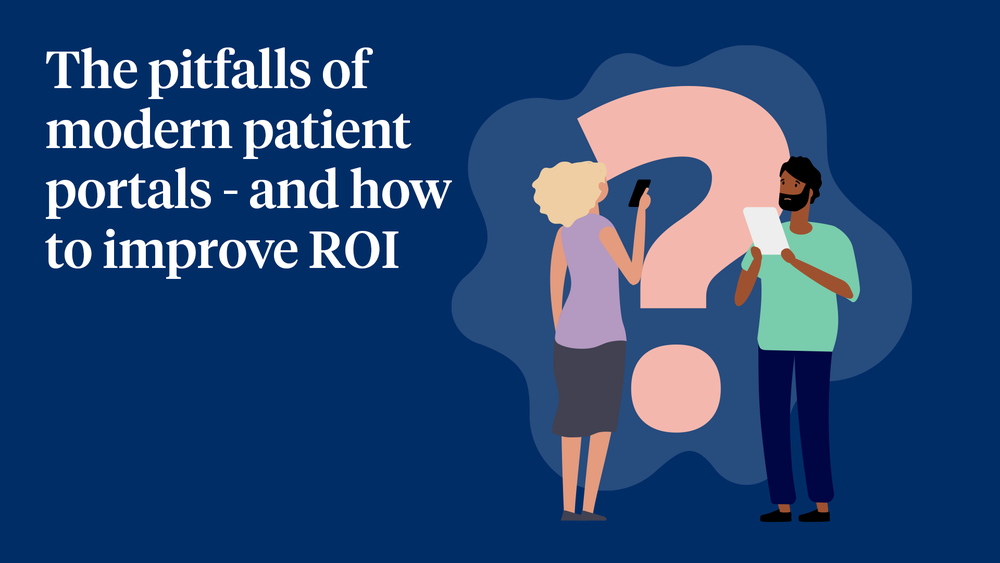When patient portals emerged in healthcare close to 20 years ago, they revolutionized the patient experience, giving unprecedented on-demand access to medical records and the ability to directly communicate with care teams. Now portals offer myriad non-clinical features like self-service appointment scheduling, pre-visit registration and online bill pay.
But while 90% of providers offer portals, only one in three patients who create accounts actually use them.
One of the most common complaints about patient portals is how unintuitive they are. The problem can be largely attributed to lack of a design-first approach to product and feature development. Unsurprisingly, this yields unpolished, hard-to-use portals that are ineffective at solving user problems.
But even if a portal has a sleek design-first interface, if the content is irrelevant, the most beautiful and intuitive experience is meaningless. Again, the answer is a data-informed approach, which sets apart companies like Netflix and Spotify.
As we’ve discussed previously on this blog, if you look at companies in consumer industries, their outbound communications are typically very personalized—99% of marketers say personalization helps advance customer relationships, with 78% claiming it has a“strong” or “extremely strong” impact. This makes good sense, as the needs and goals of each individual customer can be very different, and require communications that are designed around them. And while medical care is personalized to each patient, the same cannot be said for the pre- or post-visit experience.
So, how can leading health systems and physician groups improve ROI on their digital engagement strategies?



